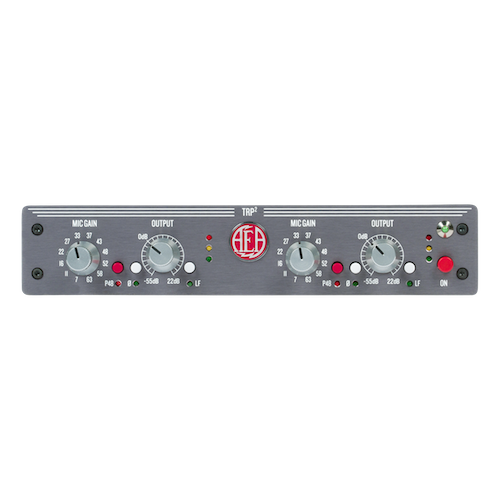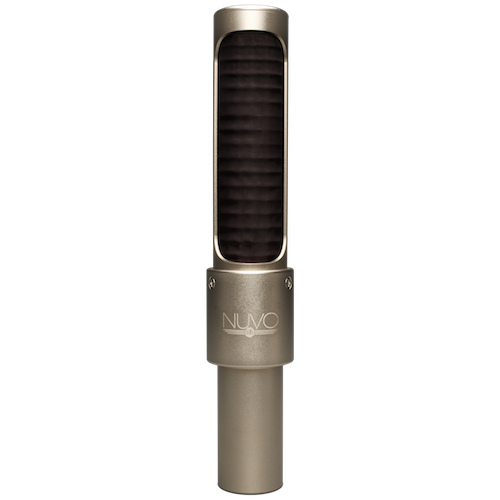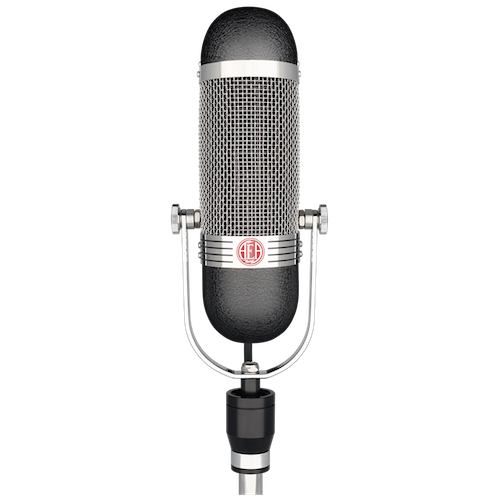Be it saxophone, clarinet, bassoon, etc., your woodwind instruments will benefit substantially from the detailed mid-range, extended lows, and figure-of-8 polar pattern of the R44.
Close Miking
Instruments within 6 feet of the R44’s reach will benefit from its pronounced proximity effect. This accentuated effect low-end adds warmth and depth to the tonality already present in your instrument. Instrumentalists can take advantage of proximity effect as they wish by moving their instrument closer or farther from the R44 based on the notes they play throughout a performance.
Distant Miking
The R44 delivers balanced a treble/bass ratio at distances greater than some might expect; from as far as 20 feet away, the R44 will still retain its characteristic low-end. We find this is the best application for the R44, as it allows the mic to breathe in the massive spread of sound that fills and interacts with a large space.
Sections, Ensembles, and Orchestras
The versatile R44 excels at recording woodwind sections, quartets, orchestras, and other ensembles from a distance. From as far as 15 feet away, the R44 captures detailed, balanced sound of an instrument section and supplements it with massive room tone. When arranged 6 to 10 feet from the source, in Blumlein configuration, two R44s create a massive, detailed room image without the need for any support microphones










